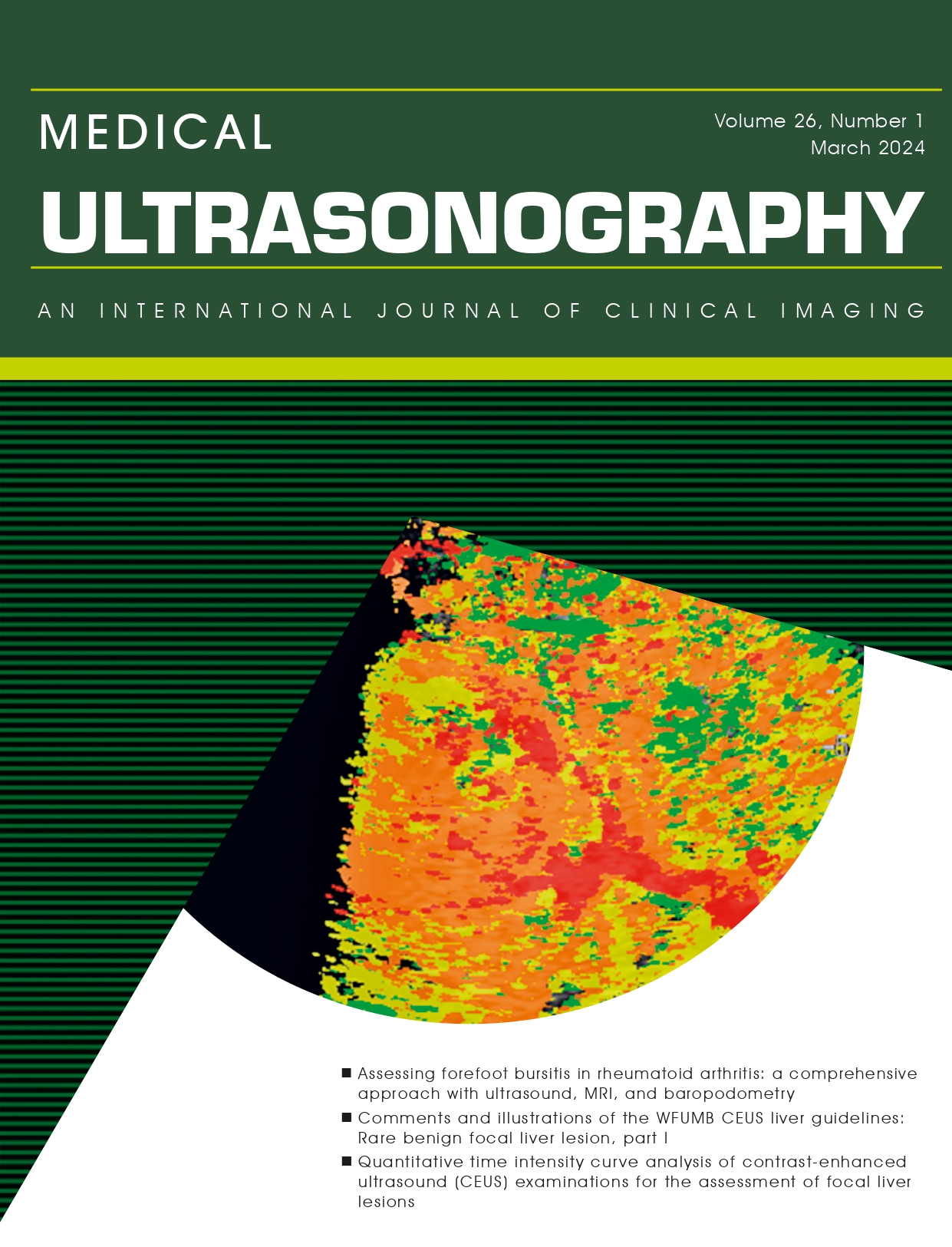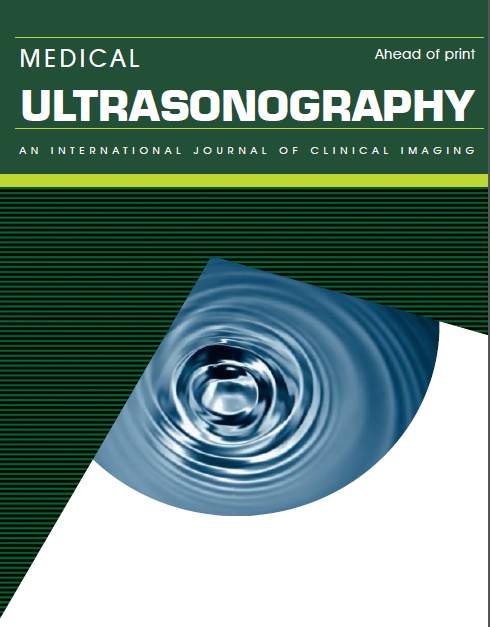Sonoelastographıc assessment of the age-related changes of the Achilles tendon
Abstract
Aims: Tendons are crucial for optimal muscle force transfer and subject to changes with aging which may impair func- tional ability of elderly individuals. Achilles is the largest and the strongest tendon in the body; therefore it is an excellent site for the radiologic investigation of aging of tendons. Sonoelastography (SE) is a new ultrasound-based imaging technique that provides information on elastic properties and stiffness of tissues. The aim of our study was to investigate the age-related alterations in Achilles tendons using SE. Material and methods: Forty five geriatric (age≥ 65 years) and 42 young (age 18-40 years) healthy consecutive subjects were enrolled. Subjects with known history of metabolic or endocrine diseases, sports or traumatic injuries, peripheral vascular disorders were excluded. Both Achilles tendons were scanned with a real-time SE probe at a frequency of 6–15 MHz. Strains of Achilles tendons’ proximal, middle and distal parts were assessed semi-quantitatively with comparing a reference tissue. Results: Both SE methods -color coded evaluation and strain measurement- showed a re- markably stiffer tendon in the elderly subjects compared to young subjects in all thirds of Achilles tendons. In young subjects 84.9 % tendon thirds were blue, and 15.1% were green whereas, in elders 93.7% were blue and 6.3% were green (p=0.024). There was a significant correlation between age and stiffness of tendons assessed with strain indices. Conclusion: Our result showed increased tendon stiffness in elderly subjects which might be responsible for the high prevalence of Achilles tendi- nopathies observed in elderly subjects.
Keywords
aging; Achilles tendon; sono-elastography
DOI: http://dx.doi.org/10.11152/mu.2013.2066.171.ayt
Refbacks
- There are currently no refbacks.




